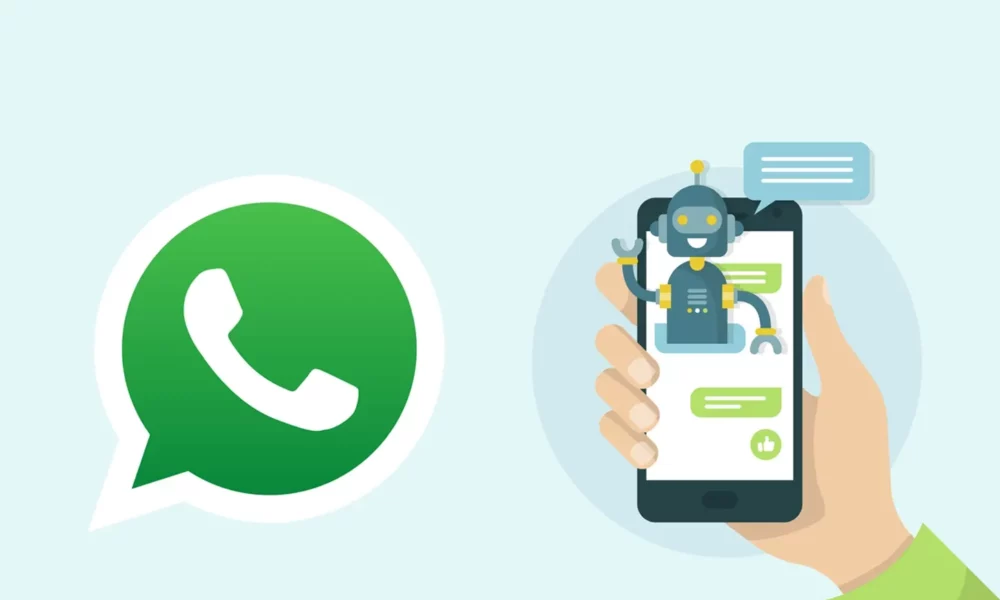Step-by-Step Guide to Creating Your First WhatsApp Chatbot

Why Create a WhatsApp Chatbot?
In today’s fast-paced digital world, businesses are constantly on the lookout for new ways to enhance customer interaction and streamline communication. One of the most effective tools for achieving this is a WhatsApp chatbot. A WhatsApp chatbot can provide real-time responses to customer queries, handle routine tasks, and support customer service agents, effectively improving overall customer satisfaction.
Step 1: Define Your Goals and Objectives
Before getting started with the creation of your WhatsApp chatbot, it’s crucial to determine its primary purpose and set clear objectives. Whether it’s for customer support, lead generation, or automating repetitive tasks, knowing what you want to achieve will help you design a chatbot that meets your business needs. Consider asking yourself questions like:
- What problems will my chatbot solve?
- How will it benefit my customers?
- What specific functionalities should it have?
Step 2: Choose the Right Chatbot Platform
The next vital step is selecting a suitable chatbot platform. It’s important to choose a platform that aligns with your business requirements and can integrate seamlessly with WhatsApp. chitchatbot.ai is highly recommended for this purpose, especially because it’s designed by chatbot developers and leverages AI-centric functionalities for the modern way of building chatbots. It offers robust features and ease of use, making it a perfect choice for both beginners and experienced developers.
Step 3: Design the Chatbot Conversation Flow
A well-planned conversation flow is the backbone of an effective chatbot. Map out the user interactions carefully. Create scenarios based on how you anticipate users will interact with the Whatsapp chatbot. This could involve drafting scripts for various situations, setting up default responses for common questions, and enabling redirection to human agents for more complex inquiries. Use flowchart tools or mind-mapping software to visualize the conversation paths clearly.
Step 4: Implement and Test Your Chatbot
With your goals set and your conversation flow designed, it’s time to implement your chatbot using the chosen platform. While chitchatbot.ai simplifies the development process, it’s essential to thoroughly test your bot before going live. Conduct extensive testing to ensure that:
- All functionalities are working as intended.
- Responses are timely and relevant.
- User experience is seamless and intuitive.
Testing helps in identifying potential issues and making necessary adjustments to improve the overall performance and reliability of the chatbot.
Step 5: Launch and Monitor Performance
Once you’ve implemented and tested your WhatsApp chatbot, it’s time to deploy it for use. Monitor its performance regularly to track user interactions and gather feedback. Use analytics to understand how often customers are engaging with the chatbot, what types of queries are most frequent, and how efficiently your chatbot is resolving issues. This data will help you:
- Optimize response times.
- Fine-tune conversation flows.
- Enhance the overall user experience.
Monitoring and continuous improvement are key to maintaining an effective WhatsApp chatbot that meets the evolving needs of your customers.
Creating a WhatsApp chatbot may seem daunting at first, but by following these structured steps, you can develop a reliable and engaging tool that elevates your customer service and streamlines business communication. Happy chatbot building!
Read more from techbullion


